Don't hesitate to send a message
What are the effects of stalling when using a mountain ebike motor?
In modern electric riding equipment, the stability of the motor is directly related to the safety and riding experience of the rider. The motor stall phenomenon not only causes the momentary interruption of power, but also may cause serious safety hazards in complex terrain.
Risk of loss of control of dynamic stability
The most direct consequence of the stall of the mountain ebike motor is the momentary interruption of the vehicle power. When the rider passes through the gravel section at a speed of 20km/h, if the motor suddenly stalls, the inertia of the vehicle will cause the center of gravity to move forward, and the load of the front fork will increase by 30% to 50% instantly, which will greatly increase the risk of the front wheel slipping. For models with mid-mounted motors, power interruption will also cause the reverse drag of the transmission system, causing the chain tension to drop by more than 60%, thereby significantly increasing the possibility of chain derailment.
In the scene of steep slope riding, stalling may cause the vehicle to slide backward. Experimental data shows that when the slope exceeds 15°, the vehicle's backward sliding speed can reach 3-5km/h after the motor stalls. If the rider fails to trigger the electronic parking system in time, it is very likely to cause a rear-end collision. In addition, when riding at night, the delayed activation of the emergency lights caused by stalling (response time exceeds 0.5 seconds) will increase the braking distance by 40%, significantly increasing the probability of secondary accidents.
Mechanical stress surge in the power system
In the stalled state, the mechanical components inside the mountain ebike motor will be subjected to abnormal stress. For motors with planetary gear reduction mechanisms, power interruption will cause the meshing surface of the gear to change from rolling friction to sliding friction, and the contact stress will increase by more than 200%, which is very likely to cause pitting on the tooth surface. At this time, the bearing system will be subjected to impact loads at the moment of stalling, and the peak value of the radial load may reach 3 to 5 times the rated value, thereby accelerating the deformation of the cage.
The motor controller also faces the challenge of current shock when it stalls. When the rider continues to pedal and the motor fails to output, the controller needs to deal with the superposition effect of back electromotive force and drive current, and the instantaneous current peak may reach 150% of the rated value. This abnormal operating condition will cause the junction temperature of the IGBT module to rise by 40 to 60°C, thereby shortening the service life of the power device.
Failure of cooling system under thermodynamic dimension
In the stall state, the thermal management system of mountain ebike motor encounters severe tests. Under normal working conditions, the temperature rise of the motor stator winding should be controlled within 85℃, but in the stall condition, the ventilation cooling effect decreases by 70%, resulting in a three-fold increase in the temperature rise rate. The measured data of a certain brand of motor shows that continuous stalling for 30 seconds will cause the stator temperature to exceed the critical value of 120℃, thereby causing irreversible demagnetization of the magnet.
The battery pack is under double pressure under the stall condition. On the one hand, the reverse drag of the motor causes the battery to discharge continuously, and the state of charge (SOC) decreases at a rate of 0.5%/second; on the other hand, the high temperature environment accelerates the increase of the battery internal resistance. When the internal resistance exceeds 150% of the initial value, the output power of the battery pack will decay by more than 40%. This thermal-electric coupling effect may cause the risk of thermal runaway of the battery, posing a great safety hazard to the rider.
Fault propagation of electronic control system
Stall faults often trigger a chain reaction of electronic systems. In the stall state, data packet loss may occur in CAN bus communication. Experiments show that when the motor speed fluctuates by more than ±20%, the bit error rate of the bus will rise to 0.1%, which will cause delays or erroneous information on the dashboard display. In addition, the throttle signal is susceptible to electromagnetic interference under stall conditions. In a stall test, a certain model of motor had an abnormal phenomenon in which the power output was reversely correlated with the pedal force.
For models equipped with energy recovery systems, stalling may also cause overvoltage in reverse charging. When the mountain ebike motor speed drops sharply, the increase in back electromotive force will have a significant impact on the stability of the system, thereby affecting the overall riding safety.
-
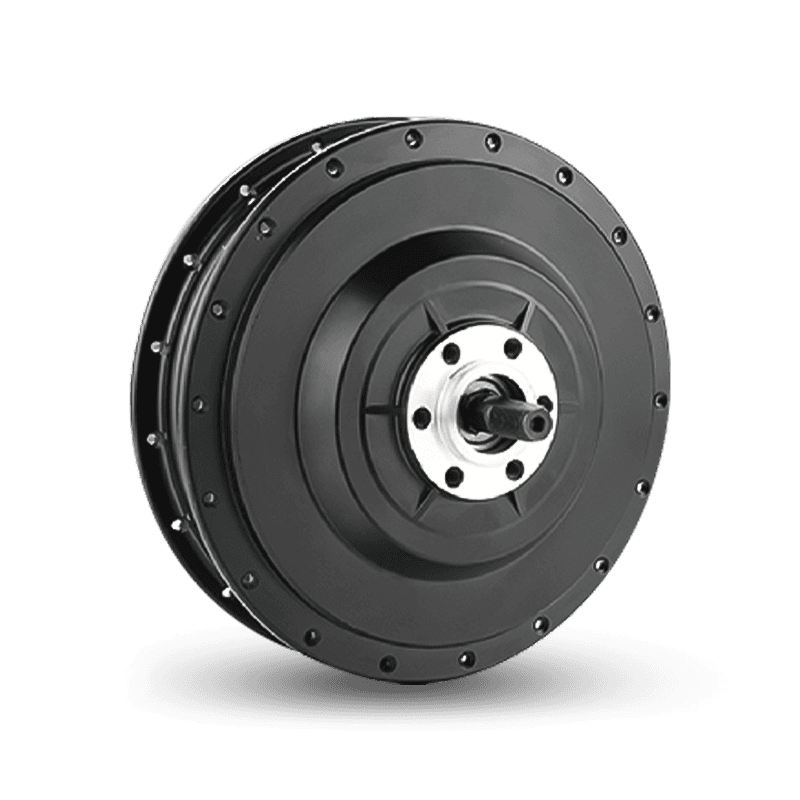 E-Type F500 Front Hub Motor
E-Type F500 Front Hub MotorThe E-Type F500 front hub motor is designed for E-Cargo and E-MTB bikes, offerin...
-
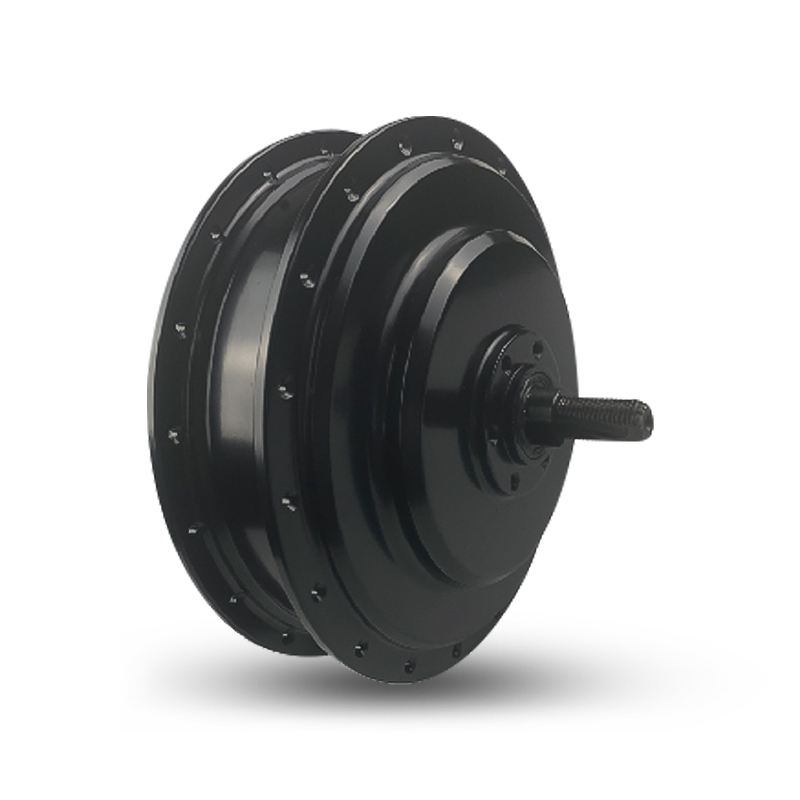 E-Type Pro RC750 Rear Hub Motor
E-Type Pro RC750 Rear Hub MotorThe E-Type Pro RC750 Rear Hub Motor is designed for E-Cargo and E-MTB bikes, com...
-
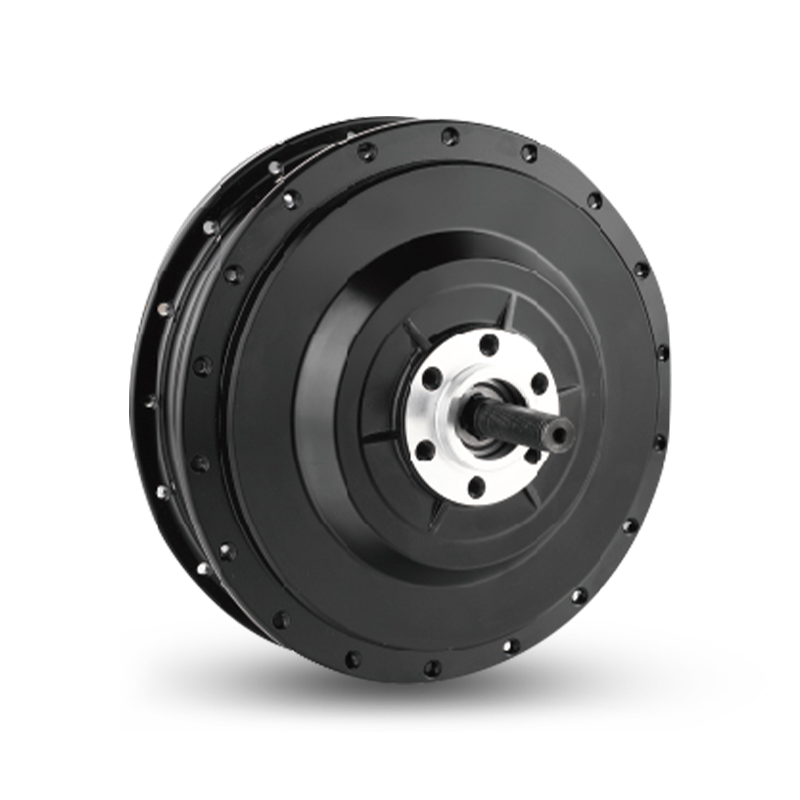 E-Type RF500 Rear Hub Motor
E-Type RF500 Rear Hub MotorThe E-Type RF500 Rear Hub Motor is designed for E-Cargo and E-MTB bikes, compati...
-
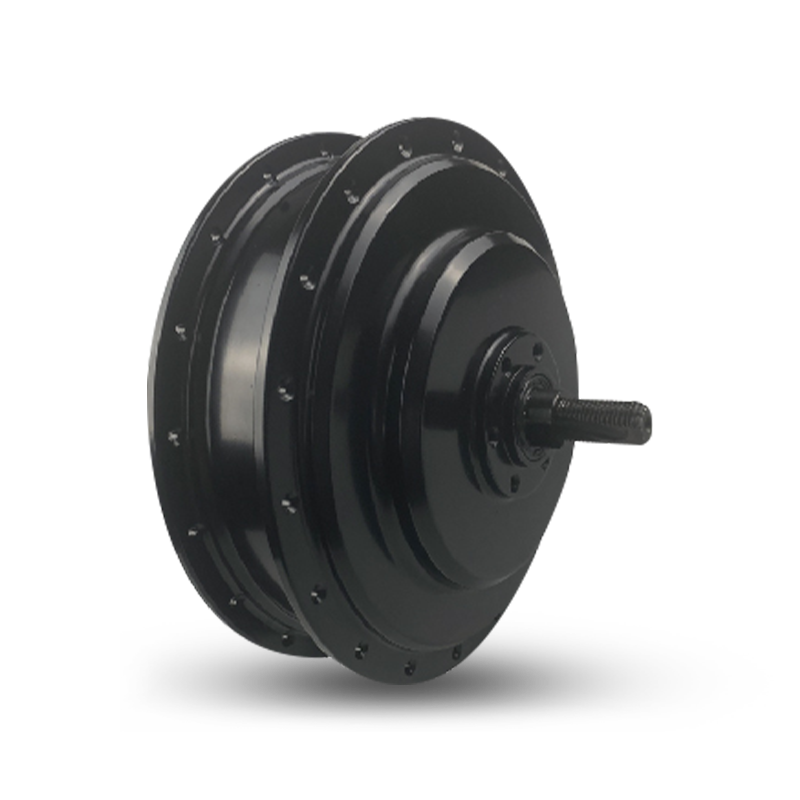 E-Type Pro RF750 Rear Hub Motor
E-Type Pro RF750 Rear Hub MotorThe E-Type Pro RF750 Rear Hub Motor is designed for E-Cargo and E-MTB bikes, com...
-
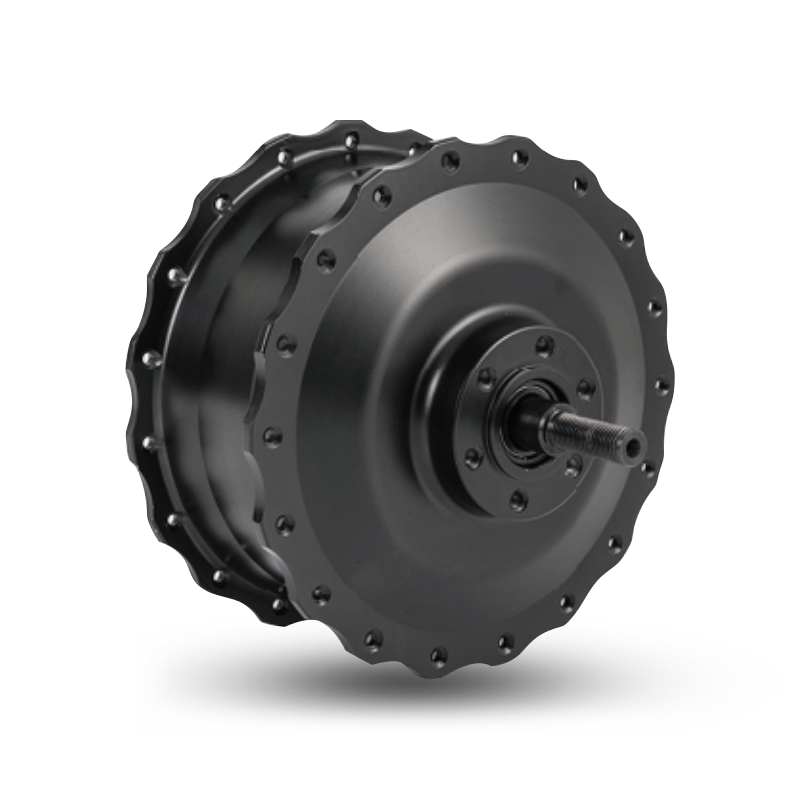 S-Type Pro F1500 Front Hub Motor
S-Type Pro F1500 Front Hub MotorThe S-Type Pro F1500 front hub motor, designed for E-Carao and E-Fat bikes, offe...
-
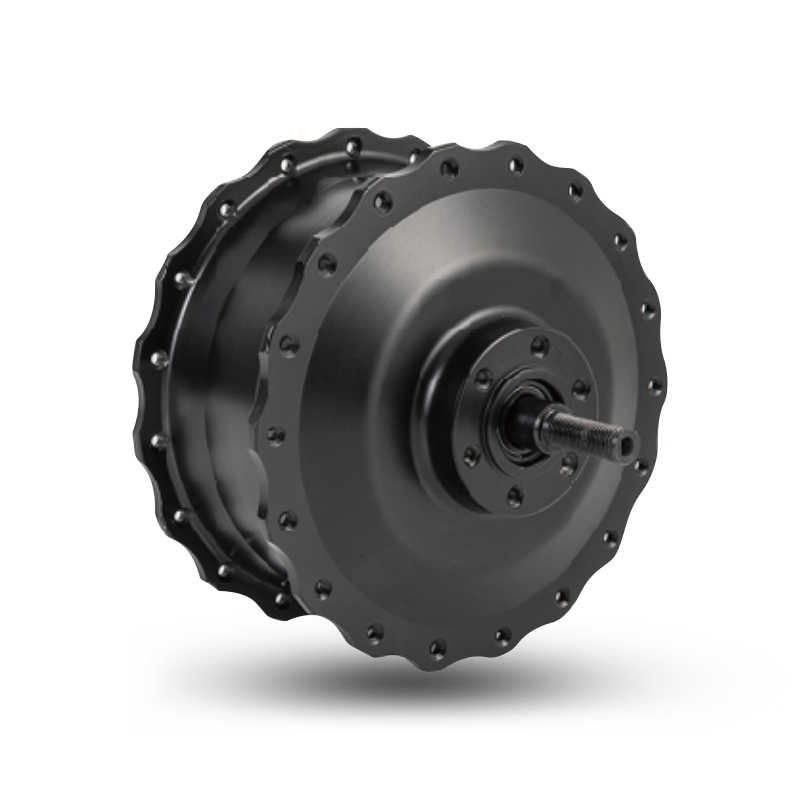 S-Type F750 Front Hub Motor
S-Type F750 Front Hub MotorS-Type F750 is designed for E-Cargo and E-Fat. The rated power ranges from 500W ...
-
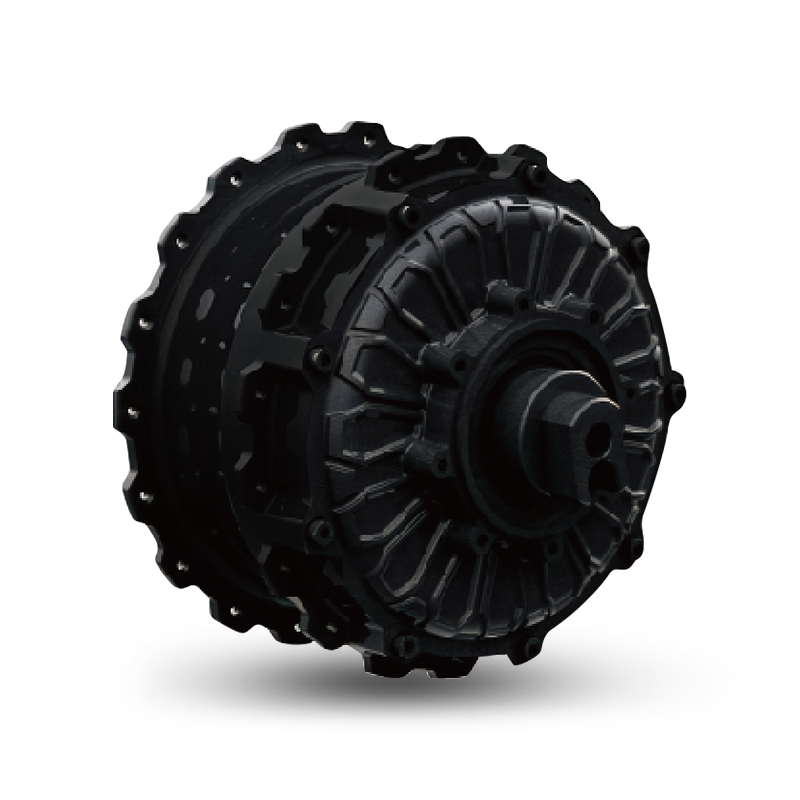 S-TYPE Max THRU AXLE Rear Hub Motor
S-TYPE Max THRU AXLE Rear Hub MotorThe S-TYPE Max thru-axle motor is designed for E-Fat, Moped, and Cargo applicati...
-
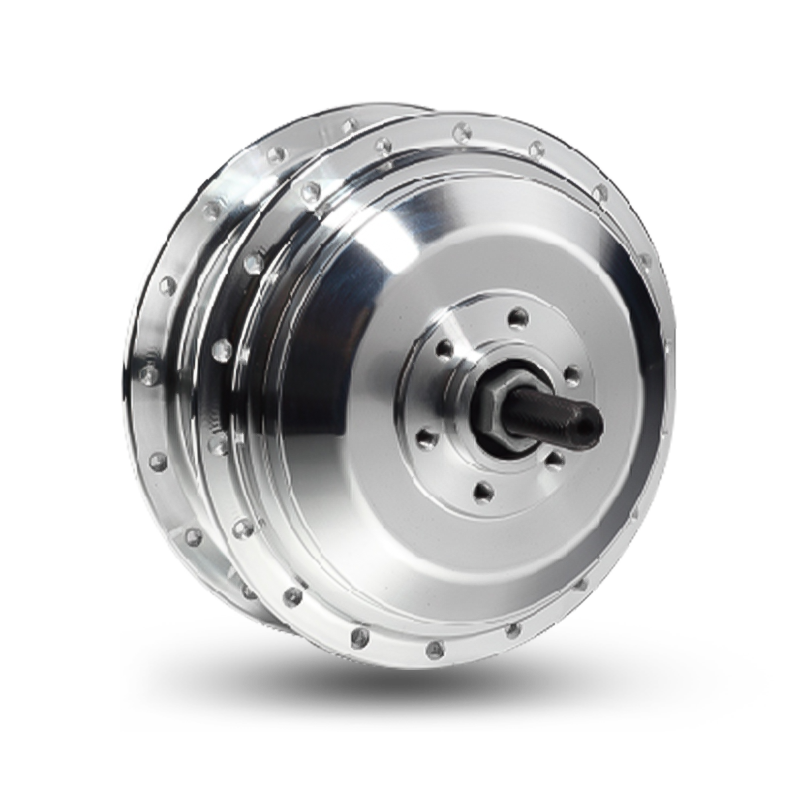 C-Type R350 Rear Hub Motor
C-Type R350 Rear Hub MotorThe C-Type R350 Rear Hub Motor, designed for city e-bikes, offers a rated power ...
If you are interested in our products, please consult us
- Address:No. 3 Dingqiao Rd, Jiangshan Town, Yinzhou District, Ningbo, Zhejiang Province, China
- Phone: +86 13806662915
- Email: K.zhang@hengtai-cn.com



 English
English 中文简体
中文简体